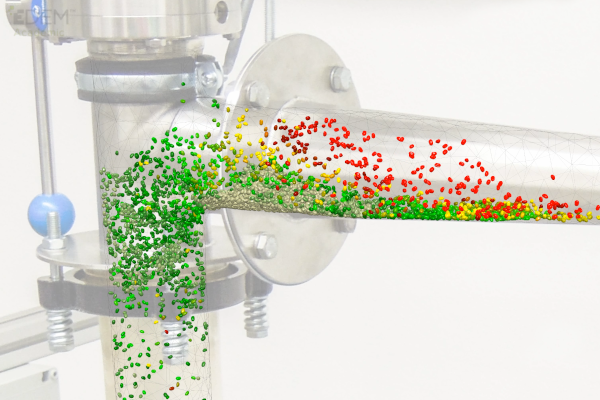1. Explanation of basic concepts (natural resource, mineral raw material, deposit), their classification and factors influencing their meaning. The importance of mineral resources for the economy of the state and the world. The main factors determining the future world development in the extraction and consumption of mineral resources. Systematic description of mineral resources from the point of view of their use.
2. Metal mineral raw materials (ores): iron group metals - Fe, Mn, Cr, Ti;
3. Non-ferrous metals - Cu, Pb, Zn, Ni, Co, Al, Mg; rare metals - W, Sn, Hg, As, Mo, V, Sb, Bi, Li, Be;
4. Precious metals - Au, Ag, platinoids; trace elements - In, Ga, Ge, Se, Te, etc.;
5. Non-metallic mineral raw materials (non-ores): construction raw materials - granites, granodiorites, diorites, limestones, marbles, travertines, sandstones, etc.; raw materials of the chemical and food industry and agriculture - apatites, phosphorites, potassium salts, rock salt, saturated limestone, etc.; 6. 6. Industrial non-metallic raw materials; ceramic, refractory and acid-resistant raw materials; glass raw materials; foundry raw materials; fillers; bleaching and filtering raw materials; insulating materials;
7. Raw materials of the paint industry; abrasives and raw materials for the production of artificial abrasives; precious and semi-precious stones; raw materials for special purposes (optical, piezo and pyroelectric, etc.);
8. Fuel-energy raw materials: caustobiolites (coal group - peat, brown coal, black coal, anthracite, gases released from coal; group of natural hydrocarbons - oil, natural gas, bituminous shale, oil sands, asphalt, ground wax);
9. Radioactive raw materials - U, Th, Ra.
10. Hydro-mineral raw materials and gases: mineral waters and gases; diesel waters with Br, I, B, etc.; brines; hydrothermal waters; fresh drinking water and water for technological use; seawater; inert gases - He, Ar, Ne, Kr, etc.
11. The most important technologies for the use and processing of mineral raw materials: production of iron and steel, production of the most important inorganic binders (lime, cement, gypsum)
12. Production of glass, ceramics, plastics, paper, rock melting technology,
13. Groups of inorganic dyes and pigments, processing of precious and decorative rocks and minerals, processing of oil and coal.
2. Metal mineral raw materials (ores): iron group metals - Fe, Mn, Cr, Ti;
3. Non-ferrous metals - Cu, Pb, Zn, Ni, Co, Al, Mg; rare metals - W, Sn, Hg, As, Mo, V, Sb, Bi, Li, Be;
4. Precious metals - Au, Ag, platinoids; trace elements - In, Ga, Ge, Se, Te, etc.;
5. Non-metallic mineral raw materials (non-ores): construction raw materials - granites, granodiorites, diorites, limestones, marbles, travertines, sandstones, etc.; raw materials of the chemical and food industry and agriculture - apatites, phosphorites, potassium salts, rock salt, saturated limestone, etc.; 6. 6. Industrial non-metallic raw materials; ceramic, refractory and acid-resistant raw materials; glass raw materials; foundry raw materials; fillers; bleaching and filtering raw materials; insulating materials;
7. Raw materials of the paint industry; abrasives and raw materials for the production of artificial abrasives; precious and semi-precious stones; raw materials for special purposes (optical, piezo and pyroelectric, etc.);
8. Fuel-energy raw materials: caustobiolites (coal group - peat, brown coal, black coal, anthracite, gases released from coal; group of natural hydrocarbons - oil, natural gas, bituminous shale, oil sands, asphalt, ground wax);
9. Radioactive raw materials - U, Th, Ra.
10. Hydro-mineral raw materials and gases: mineral waters and gases; diesel waters with Br, I, B, etc.; brines; hydrothermal waters; fresh drinking water and water for technological use; seawater; inert gases - He, Ar, Ne, Kr, etc.
11. The most important technologies for the use and processing of mineral raw materials: production of iron and steel, production of the most important inorganic binders (lime, cement, gypsum)
12. Production of glass, ceramics, plastics, paper, rock melting technology,
13. Groups of inorganic dyes and pigments, processing of precious and decorative rocks and minerals, processing of oil and coal.
